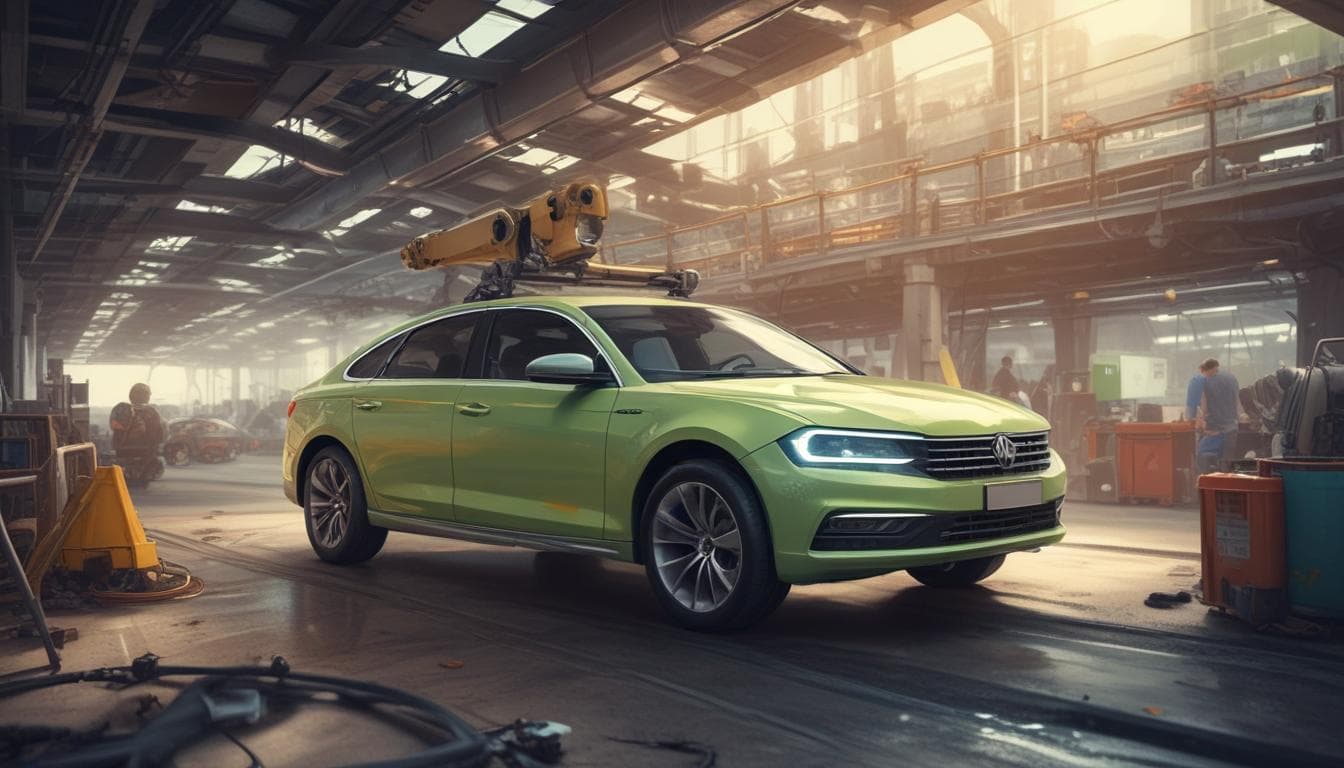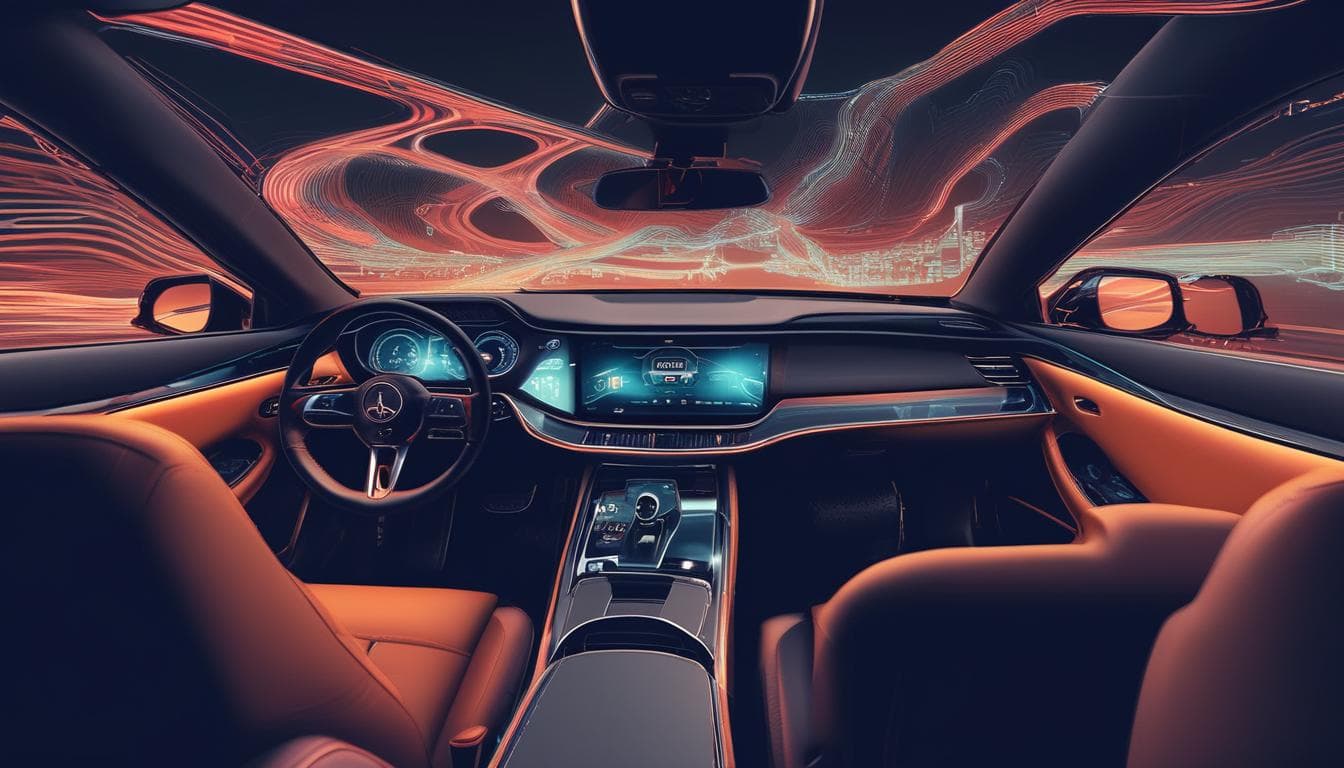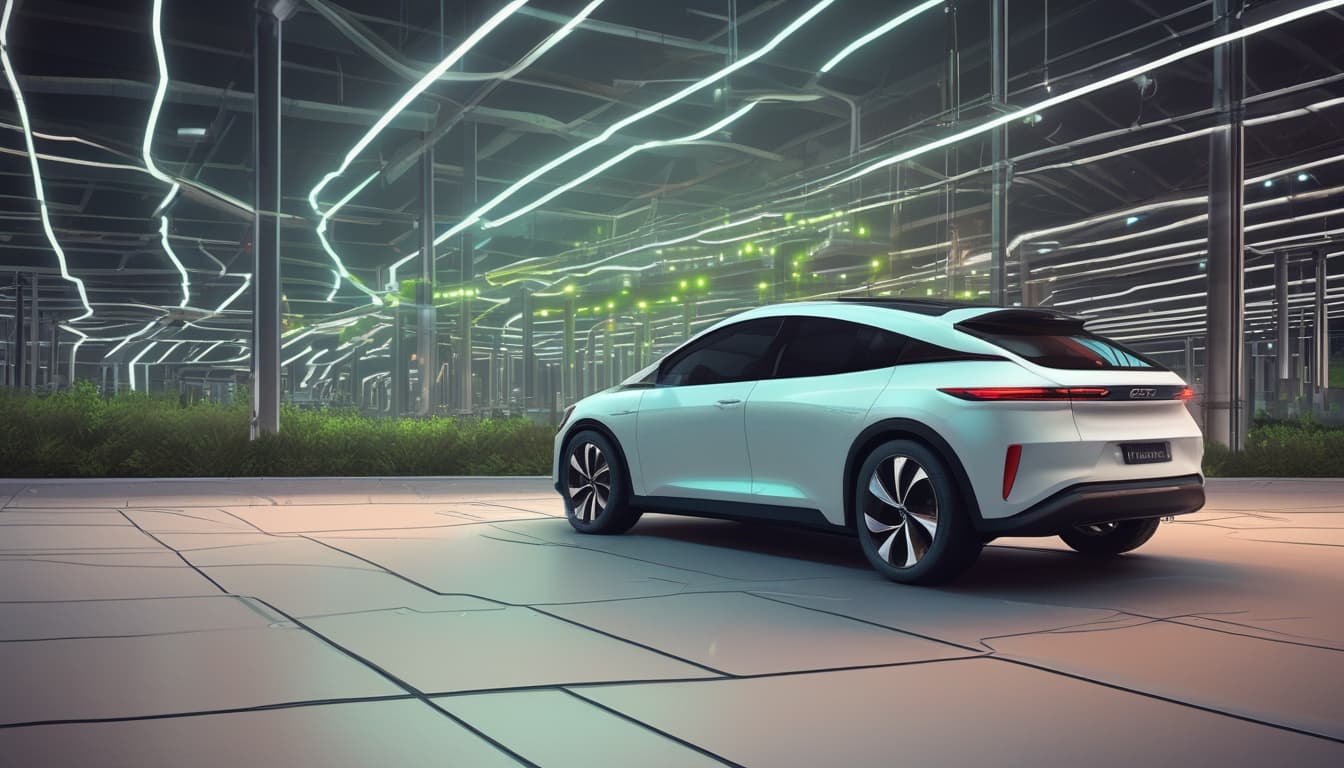Biometric technology is rapidly emerging as a cornerstone of innovation within the automotive industry, promising to revolutionize vehicle security, access, and personalized user experiences. Moving beyond traditional keys and key fobs, biometrics offer a more secure and convenient way to interact with vehicles, leveraging unique physiological and behavioral characteristics for identification and authentication. This shift not only enhances protection against theft but also opens up new possibilities for customizing the in-car environment to individual driver preferences. The integration of biometrics is poised to redefine what it means to own and operate a vehicle in the 21st century.
Enhanced Vehicle Security with Biometrics
The traditional methods of vehicle security, such as keys and remote controls, are increasingly vulnerable to sophisticated theft techniques. Biometric authentication offers a significantly more robust security layer, making it far more difficult for unauthorized individuals to access or start a vehicle.
Fingerprint Authentication
Fingerprint scanning is one of the most mature biometric technologies and is already finding its way into vehicles. Integrated into door handles or start buttons, fingerprint scanners provide a quick and secure way to unlock and start a car. This technology is highly reliable and difficult to circumvent, offering a significant upgrade over traditional keys. Because each person’s fingerprints are unique, using a fingerprint scanner ensures that only authorized users can gain access to the car.
Facial Recognition Technology
Facial recognition is another powerful biometric tool making inroads in the automotive sector. Cameras mounted on the vehicle's exterior or interior can identify the driver and unlock the doors or enable the ignition. This technology can also be used to detect driver drowsiness or distraction, enhancing safety. Advanced systems can even distinguish between authorized drivers and unauthorized individuals, preventing access even if the key fob is present. You can explore how other emerging technologies like Extended Reality (XR) are also transforming the automotive industry.
Iris Scanning and Voice Recognition
Iris scanning, which analyzes the unique patterns in the iris, offers an even higher level of security than fingerprints or facial recognition. While less common currently, its potential for automotive applications is significant. Voice recognition, using unique vocal patterns for identification, is also being explored. This could allow drivers to start their cars or access certain features using voice commands, adding another layer of convenience and security. These systems can be coupled with other technologies.

Personalizing the In-Car Experience
Beyond security, biometrics offer unparalleled opportunities to personalize the driving experience. By recognizing the driver, the vehicle can automatically adjust settings to match their preferences, creating a seamless and comfortable environment.
Automated Seat and Mirror Adjustments
Once a driver is identified via biometric authentication, the vehicle can automatically adjust the seat position, steering wheel height, and mirror angles to their pre-set preferences. This eliminates the need for manual adjustments, saving time and ensuring optimal comfort.
Customized Infotainment and Climate Control
Biometric systems can also personalize the infotainment system, loading preferred radio stations, navigation routes, and even climate control settings. This level of customization enhances the overall driving experience, making it more enjoyable and tailored to individual needs. The trend toward hyper-personalization is further explored in the context of AI and big data crafting the future of driving.
Driver Profiles and Preferences
Multiple driver profiles can be stored and linked to different biometric identifiers. This is particularly useful for shared vehicles, allowing each driver to have their own personalized settings. This feature ensures that each user has a consistent and comfortable experience, regardless of who drove the car last.

Biometrics and Driver Monitoring Systems (DMS)
Biometric technology plays a crucial role in advanced Driver Monitoring Systems (DMS), enhancing safety by detecting signs of driver fatigue, distraction, or impairment.
Detecting Drowsiness and Distraction
Facial recognition cameras can monitor the driver's eye movements, head position, and facial expressions to detect signs of drowsiness or distraction. If such signs are detected, the system can issue warnings or even take corrective actions, such as activating lane-keeping assist or automatic emergency braking.
Monitoring Driver Health
Emerging biometric technologies are also being developed to monitor driver health, such as heart rate and stress levels. This information can be used to provide early warnings of potential medical emergencies, potentially saving lives. This proactive approach to driver well-being represents a significant advancement in automotive safety.
Enhancing ADAS Functionality
Biometric data can be integrated with Advanced Driver-Assistance Systems (ADAS) to enhance their functionality and responsiveness. By understanding the driver's state, ADAS can provide more tailored and effective assistance, improving overall safety and driving experience. For more on how ADAS is evolving, you might be interested in exploring the evolution and impact of Advanced Driver-Assistance Systems.

Challenges and Future Directions
While the integration of biometrics in the automotive industry offers numerous benefits, there are also challenges to address, including data privacy, system reliability, and cost.
Data Privacy and Security
Biometric data is highly sensitive and requires robust security measures to protect it from unauthorized access and misuse. Automakers must implement strong encryption and data protection protocols to ensure the privacy and security of driver biometric information. This is crucial for maintaining user trust, complying with data protection regulations, and addressing the cybersecurity imperative in connected vehicles.
System Reliability and Accuracy
Biometric systems must be highly reliable and accurate to function effectively in a vehicle. Factors such as lighting conditions, facial hair, or sunglasses can affect the performance of facial recognition systems. Ongoing research and development, including advancements in areas like edge computing for faster processing, are focused on improving the robustness and accuracy of biometric technologies in various conditions.
Cost and Integration Complexity
The cost of implementing biometric technology can be a barrier for some automakers and consumers. Integrating biometric systems into vehicles also adds complexity to the design and manufacturing process. However, as technology advances and becomes more widespread, costs are expected to decrease, making biometrics more accessible.

Conclusion
The integration of biometric technology in the automotive industry represents a significant leap forward in vehicle security, personalization, and driver safety. From fingerprint scanners and facial recognition to iris scanning and voice recognition, biometrics offer a more secure and convenient alternative to traditional keys and fobs. Beyond security, biometrics enable a highly personalized driving experience, automatically adjusting settings to match individual driver preferences. While challenges remain in terms of data privacy, system reliability, and cost, the ongoing advancements in biometric technology promise to overcome these hurdles, paving the way for a future where vehicles are seamlessly integrated with our unique biological traits. As we move forward, the potential of biometrics to transform the automotive landscape is undeniable, offering a glimpse into a more secure, personalized, and safer driving future. We encourage readers to explore these advancements and consider how biometric technology might enhance their own driving experience. Share your thoughts and experiences with biometric systems in the automotive industry.






